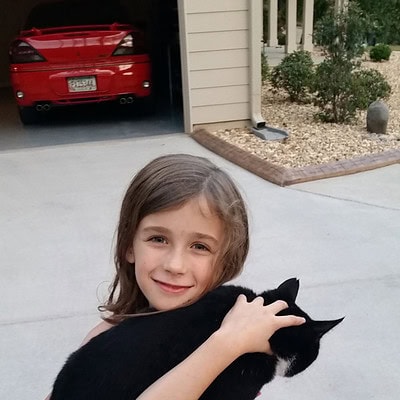Sydenham Chorea and PANDAS in South Africa: Review of Evidence and Recommendations for Management in Resource-Poor Countries
Kathleen G. Walker, Petrus J. de Vries, Dan J. Stein, and Jo M. Wilmshurst
Journal of Child Neurology-2015
In South Africa, and worldwide, rheumatic fever represents a public health problem. Improved diagnosis and management of Sydenham chorea, a major manifestation of acute rheumatic fever is key to prevention of rheumatic heart disease. This article reviews Sydenham chorea from its original description to current opinions.
